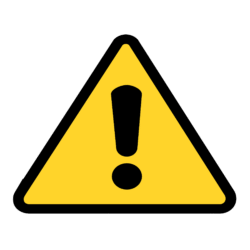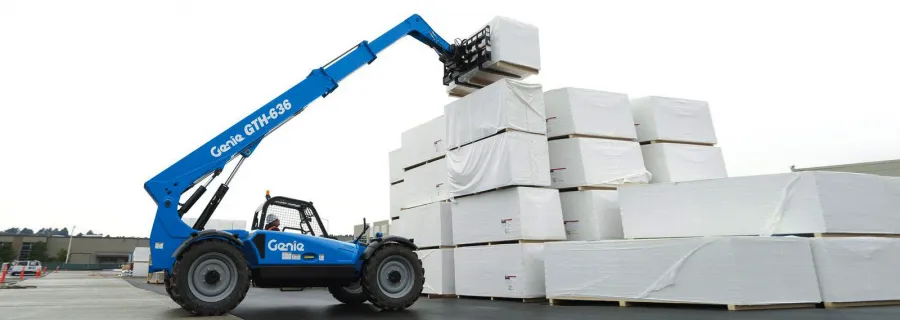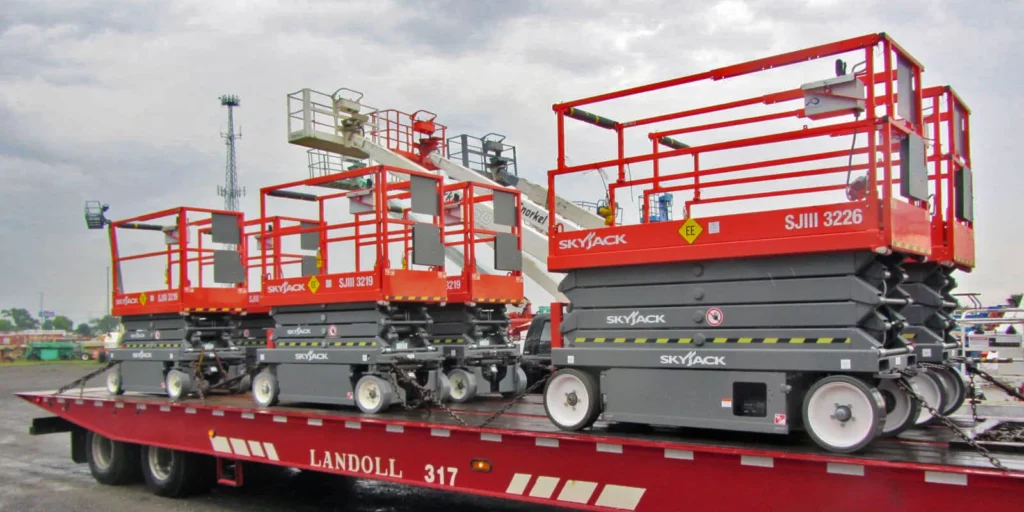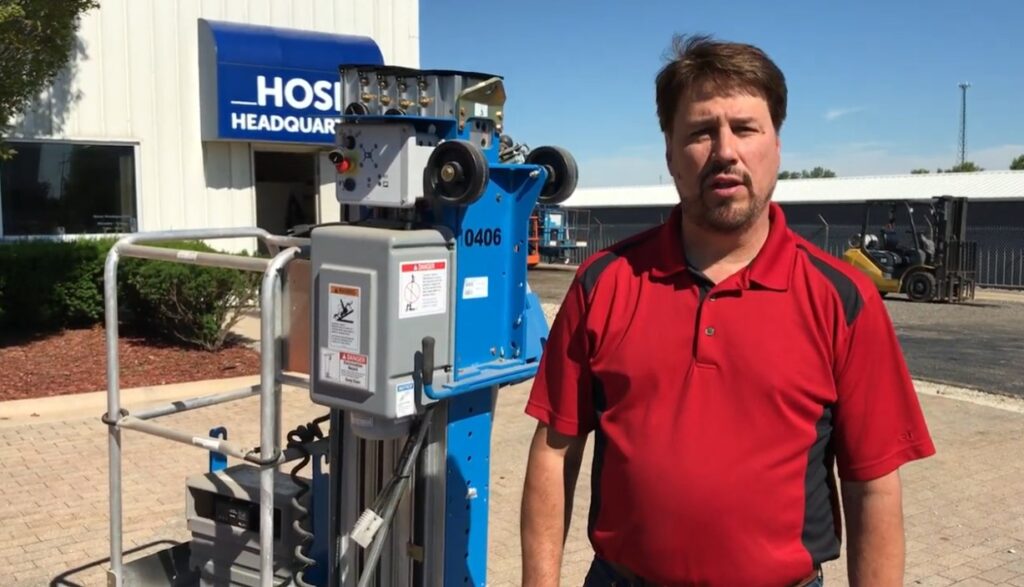OSHA Requires Every Forklift Operator to be Properly Trained
Important Rules for Safe Forklift Operation
Proper forklift operator training that meets OSHA requirements includes classroom instruction and hands on familiarization of the specific make and model as well as a comprehensive driver evaluation to ensure he or she understands the details taught during the classroom portion of training. This training must be performed by a qualified person. 1926.32(m)
Every operator must be a competent person as defined by OSHA. 1926.32(f)
It is the responsibility of the operator to locate the operator’s manual specific to the forklift to be operated, make sure it is in readable condition and take the time to read and understand all safety rules and operating characteristics for safe handling of the machine.
The operator’s manual contains all safety rules and specific instructions for operating the make, model and type of forklift required to be operated.
If the forklift is missing the required operator’s manual, it is critical that the operator take the responsibility to obtain a replacement.
Basic Safety Rules for Safe Forklift Operation
Every forklift operator must understand:
- Safe operating techniques for handling lift trucks in your environment.
- The rules governing forklifts as published by OSHA.
- Proper procedures for handling fuels and batteries.
- Key components of weight, stability, speed and maneuvering.
- Safety belts must be worn at all times.
- How to make the forklift safe for pre-shift inspection, dismounting and parking after the work shift is over.
- How to handle a tip over.
- How to safely operate a forklift on a ramp or sloped surface.
- 3 points of contact for mounting and dismounting
Prior to Each Work Shift Forklift Operators are Required to Perform a Pre-Operation Inspection and Comprehensive Function Tests
These inspections are required to be documented, signed and dated by the operator.
The inspection documents must be kept on file by the employer.
During the pre-operation inspection you are looking for things like:
- Operator’s manual
- Physical damage
- Loose or missing parts
- Tire condition
- Wheel nuts and bolt torque
- Leaks
Load backrest condition - Overhead guard condition
- Mast condition
- Lift chains
- Condition of hydraulic hoses
- Condition of forks and locking pins or approved attachments
- Condition of belts, wires and hoses in engine compartment
- Check all fluid levels (including: brake fluid, transmission fluid, hydraulic fluid, engine coolant and engine oil)
- Decals
- Seat belt condition
- Assist grips and steps (for mount and dismount)
- Data plate
There are other things to look for so please refer to the operator’s manual for a specific pre-operation inspection check list.
Things to check as part of the function test:
- Parking brake
- Service brake
- Throttle pedal
- Inching pedal
- Drive function (forward and reverse)
- Lift function
- Tilt function
- Side shift (if applicable)
Make sure lever controls return to the detent (neutral position) when released - Horn
- Backup alarm
- Headlights
- Taillights
Brake lights - Unusual noises and or vibrations
There may be other things to look for so please refer to the operator’s manual for a specific function test check list.
Every operator is ultimately responsible for his or her own safety.
This article is not meant to take the place of a comprehensive forklift operator training program.
Contact Alexander Equipment Rental today to schedule your operator traning.





